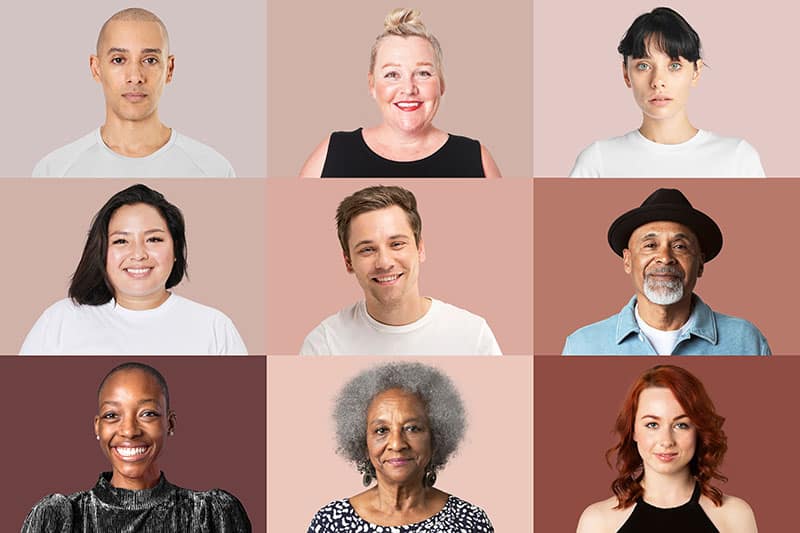In recent years, the fashion and modelling industry has undergone a powerful transformation, embracing diversity and breaking traditional stereotypes. The rise of inclusive modelling represents a significant shift in the way we perceive beauty and challenges the narrow standards that have dominated the industry for far too long.
In this article, we will explore the importance of inclusive modelling, its impact on society, and how it is empowering individuals from all backgrounds to feel represented and celebrated. By promoting diversity and inclusivity, the modelling industry is taking a positive step toward creating a more accepting and inclusive society.
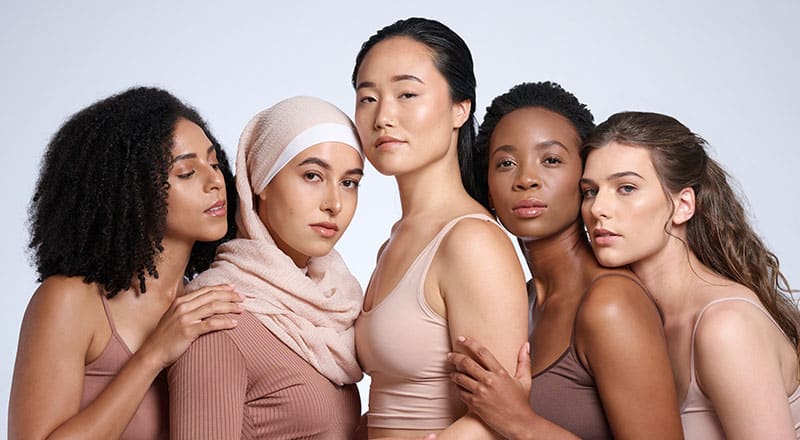
Embracing All Body Types
One of the most notable and empowering aspects of inclusive modelling is its celebration of diverse body types. In the past, the fashion industry was predominantly influenced by a singular, unrealistic body ideal that dominated the runways. However, with the rise of inclusive modelling, a paradigm shift has occurred, fostering an environment that embraces bodies of all shapes and sizes. This transformation is not only challenging unrealistic beauty standards but also promoting body positivity and self-acceptance.
Inclusive modelling sends a powerful message to individuals who have long felt excluded or marginalized due to their body types. By showcasing a range of body shapes and sizes, the industry is providing a platform for people to see themselves represented in fashion and media. This representation is crucial for promoting acceptance and self-love, as individuals can finally recognise that their bodies are beautiful and worthy of celebration.
While inclusive modeling has made significant strides in challenging unrealistic beauty standards and promoting body positivity, it is important to acknowledge that there is still a long way to go in achieving full inclusivity and eliminating discrimination based on body size. Despite the progress made, many individuals continue to face prejudice and discrimination due to their size, and the fashion industry still has work to do to ensure that all bodies are represented and celebrated equally.
Discrimination based on body size, often referred to as sizeism or fatphobia, remains a prevalent issue in society. People who do not conform to societal expectations of thinness or a specific body type often experience bias, exclusion, and negative stereotypes. They may encounter challenges in finding clothing options that fit, facing workplace discrimination, or being subjected to body shaming and bullying. Such experiences can have a significant impact on people’s mental health, self-esteem, and overall well-being.
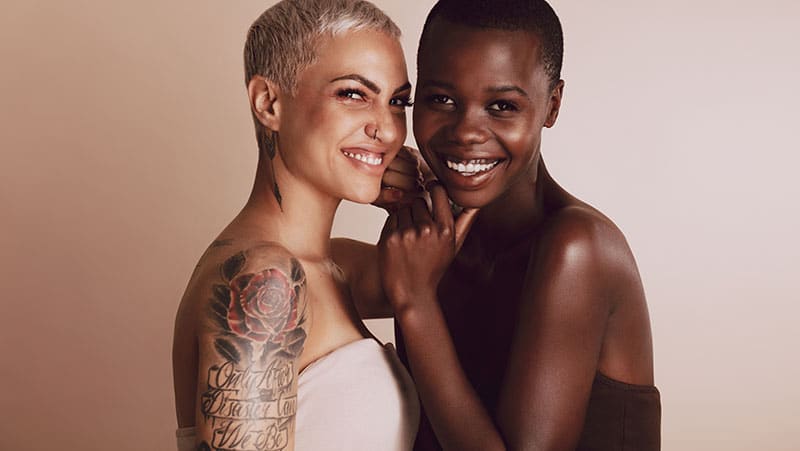
Despite these challenges, there are influential figures who have embraced body positivity and used their platform to challenge societal norms. These famous individuals have been vocal advocates for body acceptance and have played a pivotal role in promoting inclusive beauty standards. Some notable examples include:
Lizzo: Grammy-winning artist Lizzo is a vocal advocate for body positivity and self-love. Through her music, performances, and social media presence, she celebrates her body and encourages others to embrace their own uniqueness and beauty.
Ashley Graham: As a renowned plus-size model, Ashley Graham has been instrumental in challenging traditional beauty standards and promoting body diversity. She has graced the covers of major fashion magazines, walked the runway for high-profile designers, and actively promotes body acceptance.
Jameela Jamil: Known for her role in “The Good Place” and her activism, Jameela Jamil has been a strong advocate for body positivity and combating body shaming. She founded the “I Weigh” movement, which encourages individuals to focus on their accomplishments and values rather than their weight or appearance.
Tess Holliday: Tess Holliday is a plus-size model and body-positive activist who has challenged societal norms and fought against body discrimination. She uses her platform to advocate for self-acceptance and inclusivity in the fashion industry.
These individuals, among many others, have played crucial roles in pushing for a more inclusive and accepting society. They have used their platforms to challenge beauty standards, empower individuals of all sizes, and promote body positivity. By showcasing their confidence and self-love, they inspire others to embrace their bodies and challenge the discrimination that still exists.
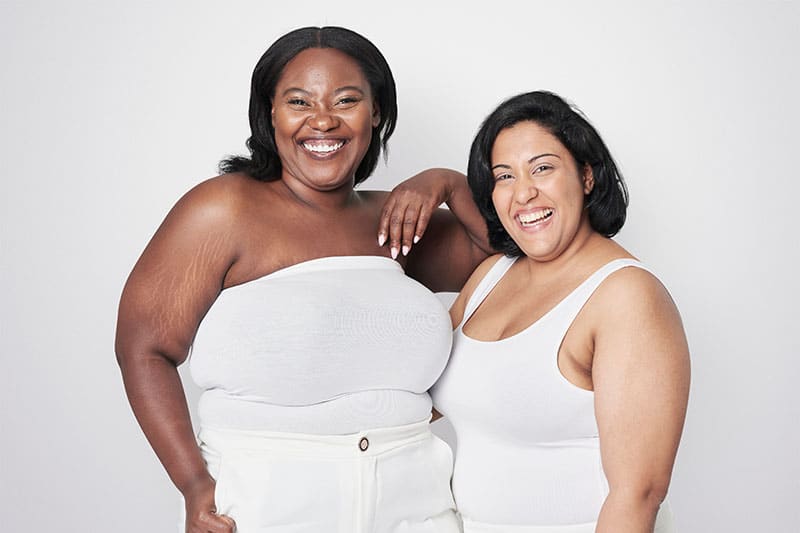
Celebrating Ethnic and Cultural Diversity
Inclusive modeling goes beyond body size and extends to embracing the rich tapestry of ethnic and cultural diversity. In the UK, the fashion industry is making strides towards promoting representation and inclusivity by featuring models from various racial and ethnic backgrounds. These efforts not only break stereotypes but also foster conversations about cultural appreciation and understanding.
According to a study conducted by The Fashion Spot, which analysed the diversity of models in major fashion weeks, the UK showed improvement in terms of racial and ethnic diversity on the runway. In recent years, there has been a notable increase in the representation of models from diverse backgrounds, reflecting the multicultural society of the UK.
Several prominent UK-based models have made significant contributions to promoting diversity and inclusivity in the fashion industry. For example, Naomi Campbell, a British supermodel of Jamaican heritage, has been a trailblazer in breaking racial barriers and advocating for greater representation. Her successful career spanning decades has paved the way for aspiring models from diverse backgrounds.
In addition to individual models, UK-based modelling agencies are also taking steps to prioritise diversity and inclusivity. Agencies such as Storm Management, Models 1, and Premier Model Management have made efforts to recruit and represent models from diverse ethnic backgrounds, recognising the importance of inclusivity in the industry.
Fashion events like London Fashion Week have also made progress in promoting diversity and cultural representation. The event showcases designers who prioritise inclusive casting and celebrate different cultural influences in their collections. This allows for a more inclusive and representative portrayal of beauty and style, contributing to the broader conversation around cultural appreciation and understanding.
The movement towards inclusive modelling in the UK is not without its challenges. Critics argue that there is still a long way to go in achieving true diversity and that representation remains limited in certain areas. Continued efforts are needed to ensure that models from all ethnic backgrounds have equal opportunities and visibility in the fashion industry.
However, the increasing recognition and celebration of ethnic and cultural diversity in modelling signify positive steps forward. By embracing models from different racial and ethnic backgrounds, the UK fashion industry not only challenges stereotypes but also fosters greater understanding and appreciation for diverse cultures.
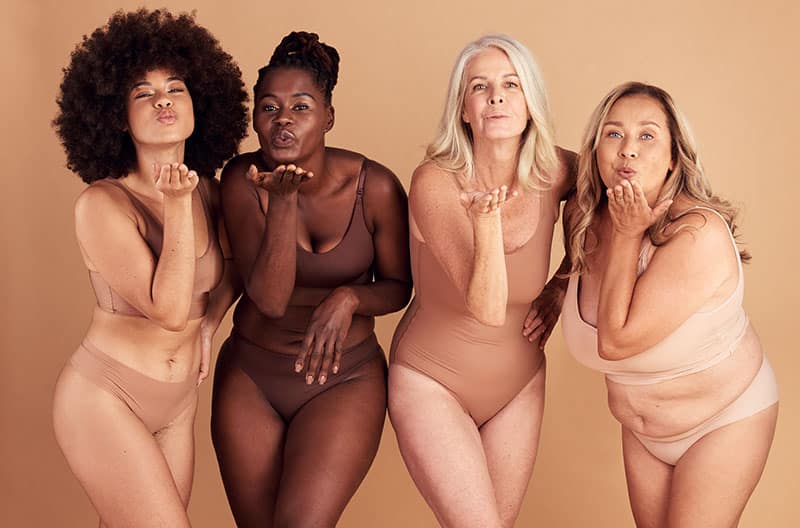
Challenging Gender Norms
Inclusive modelling in the United Kingdom is playing a significant role in breaking down traditional gender norms and promoting gender inclusivity within the fashion industry. This shift is challenging the rigid standards that have historically dictated the industry and encouraging a more inclusive and fluid perception of beauty.
In recent years, the UK fashion industry has witnessed an increase in the representation of models who defy societal expectations around gender roles. Male models are now being featured in campaigns and runway shows for traditionally female-dominated sectors such as beauty and skincare, while female models are seen representing fashion lines and products traditionally marketed towards men.
The rise of gender-neutral fashion brands and collections further demonstrates the industry’s commitment to blurring the lines between gender roles. Designers in the UK are increasingly creating collections that cater to individuals of all gender identities, embracing diversity and promoting inclusivity.
British fashion brands like Burberry, Vivienne Westwood, and JW Anderson have been at the forefront of challenging traditional gender norms in their fashion presentations and campaigns. These brands often incorporate models who identify outside the traditional binary gender spectrum, allowing for greater representation and acceptance of diverse gender expressions.
Moreover, the UK modelling industry has seen the emergence of agencies that specialize in representing gender-inclusive models. These agencies actively promote a diverse range of gender identities and work towards dismantling the gender-based barriers in the industry. Examples include Storm Management, which represents gender-fluid models, and The Anti-Agency, known for its focus on representing individuals who challenge conventional beauty standards.
The growing acceptance and inclusion of models who defy gender norms in the UK fashion industry signify a significant shift towards a more inclusive and progressive approach to beauty. By featuring models of various gender identities, the industry is challenging societal expectations and promoting a more fluid perception of beauty that extends beyond traditional notions of masculinity and femininity.
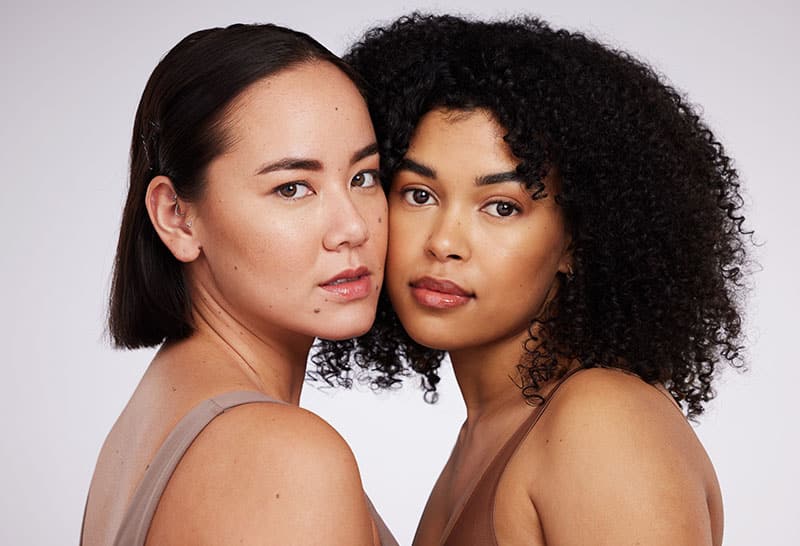
While progress is being made, there is still room for improvement in terms of representation and inclusivity for models who do not conform to traditional gender norms. Continued efforts are necessary to ensure equal opportunities and visibility for models across the gender spectrum and to foster a truly inclusive fashion industry in the UK.
In the midst of progress towards gender inclusivity in the fashion industry, it is important to acknowledge the ongoing gender arguments and challenges faced by the LGBTQ+ community in the United Kingdom. While the industry has made strides in promoting inclusivity, there are still discussions and debates surrounding gender representation and the rights of LGBTQ+ individuals.
One prominent ongoing discussion revolves around the issue of gender identity and the rights of transgender and non-binary individuals. In the UK, there have been debates surrounding access to gender-affirming healthcare, legal recognition of gender identity, and the inclusion of transgender and non-binary models in the fashion industry. These discussions highlight the need for greater understanding, acceptance, and protection of the rights of individuals whose gender identities do not align with the traditional binary system.
Furthermore, the LGBTQ+ community continues to face challenges related to discrimination, stigma, and limited representation in various aspects of society, including the fashion industry. Despite progress, there are instances where LGBTQ+ models may still face obstacles in securing jobs or may encounter bias within the industry. It is crucial to continue advocating for equal opportunities, representation, and fair treatment for LGBTQ+ individuals in the fashion industry and beyond.
Additionally, there have been ongoing discussions surrounding the importance of diverse and authentic representation of LGBTQ+ individuals in fashion campaigns and runways. Many argue that it is not enough to merely include LGBTQ+ models; their experiences and identities should be respectfully and accurately portrayed. The industry must ensure that the LGBTQ+ community is not tokenized but rather celebrated and given a genuine voice.
Amidst these discussions and challenges, numerous organizations, activists, and fashion brands in the UK are working tirelessly to create more inclusive spaces and dismantle discriminatory practices. Initiatives promoting LGBTQ+ rights, education, and representation within the fashion industry are being launched to raise awareness and drive positive change.
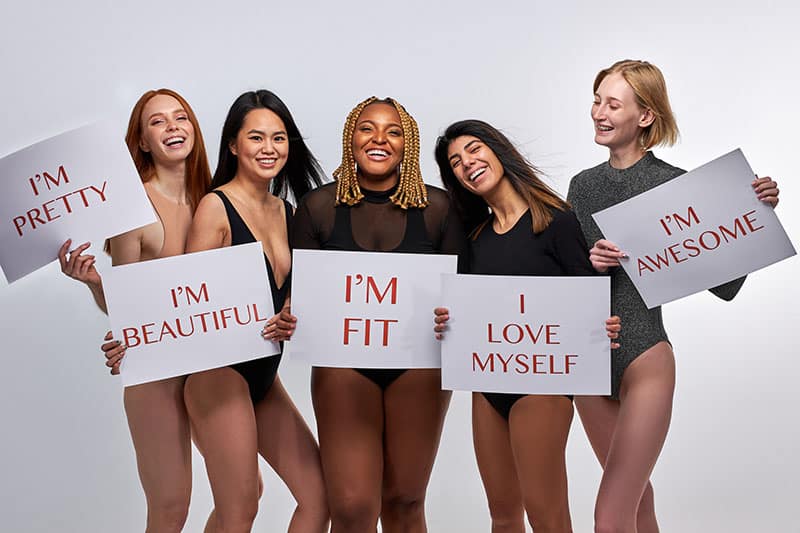
Promoting Age Diversity
Inclusive modelling in the UK extends beyond youth and embraces models of all ages, challenging ageism and celebrating the beauty and grace that comes with age. The industry has recognised the importance of featuring older models in campaigns and on runways, promoting self-acceptance and encouraging individuals to embrace the natural ageing process.
In recent years, the UK fashion industry has made notable strides towards inclusivity in terms of age representation. Leading fashion brands and designers have embraced the concept of diversity and have actively sought to feature older models in their campaigns and runway shows. This shift reflects a growing recognition that beauty and style transcend age boundaries.
One example of a brand championing age inclusivity is Marks & Spencer. The British retailer has been at the forefront of featuring older models in its advertising campaigns. They have actively sought to showcase the beauty and confidence that comes with age, challenging stereotypes and promoting a more inclusive representation of beauty.
Another prominent example is the British fashion brand, JD Williams, which specialises in clothing for mature women. The brand has consistently used older models in their campaigns, emphasising the idea that style is not limited by age. By doing so, JD Williams promotes a positive and inclusive image of beauty that resonates with their target demographic.
Additionally, the UK modelling agency, Grey Model Agency, focuses specifically on representing models who are over 35 years old. They actively challenge ageism in the industry and provide opportunities for older models to showcase their talent and unique beauty.
These examples demonstrate that the UK fashion industry recognises the value of featuring older models and the positive impact it can have on individuals of all ages. By including models of different ages, the industry promotes a more inclusive and diverse standard of beauty, encouraging individuals to embrace their own natural aging process and feel confident at every stage of life.
While progress has been made, it is important to acknowledge that age inclusivity in the fashion industry is still an ongoing journey. The industry can continue to push boundaries and challenge age stereotypes by increasing the representation of older models in various fashion platforms and campaigns.
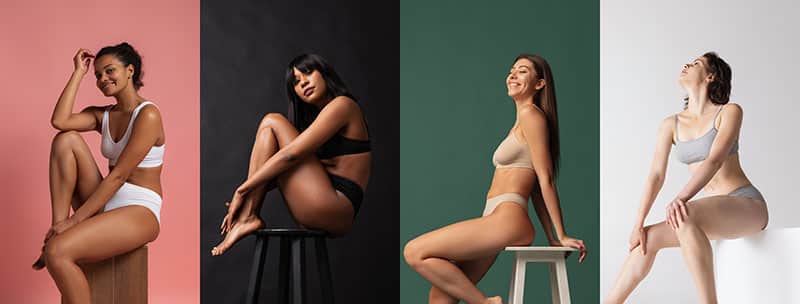
Encouraging Individuality and Representation
Inclusive modelling in the UK goes beyond conventional beauty standards and embraces individuality and uniqueness. The fashion industry is increasingly recognising the importance of including models with visible disabilities, scars, or unconventional features in campaigns and fashion shows. This shift sends a powerful message of acceptance and inclusivity, encouraging individuals to embrace their differences and providing representation for those who have long felt marginalised.
In recent years, the luxury brand Gucci partnered with the British organisation “Models of Diversity” to cast disabled models in their advertising campaigns. This collaboration aimed to challenge ableism and redefine traditional beauty norms.
Another example is the UK-based modelling agency, Zebedee Management, which specialises in representing models with disabilities and unconventional features. The agency actively seeks to promote inclusivity and provide opportunities for individuals who are often underrepresented in the industry. They have successfully placed their models in various campaigns and fashion shows, raising awareness and breaking down barriers.
In addition, high-profile fashion events such as London Fashion Week have begun to prioritise inclusivity by featuring models with disabilities on their runways. This intentional representation helps to challenge preconceived notions of beauty and promote acceptance of all individuals.
UK fashion brands like ASOS and River Island have also taken steps to embrace inclusivity by featuring models with disabilities in their campaigns.
These examples demonstrate that the UK fashion industry is actively working towards inclusivity and representation for individuals with disabilities, scars, and unconventional features. By including these models in campaigns and fashion shows, the industry is not only challenging societal beauty norms but also inspiring individuals to embrace their unique qualities and feel seen and valued.
The rise of inclusive modelling signifies a remarkable shift in the fashion and modelling industry, breaking stereotypes and embracing diversity. By celebrating different body types, ethnicities, genders, ages, and individual characteristics, the industry is empowering individuals to feel seen, accepted, and valued. Inclusive modelling not only influences the fashion world but also has a profound impact on societal perceptions of beauty, challenging narrow standards and promoting inclusivity. As we continue to embrace diversity and break down barriers, the modelling industry serves as a catalyst for positive change, encouraging a more accepting and inclusive world.

